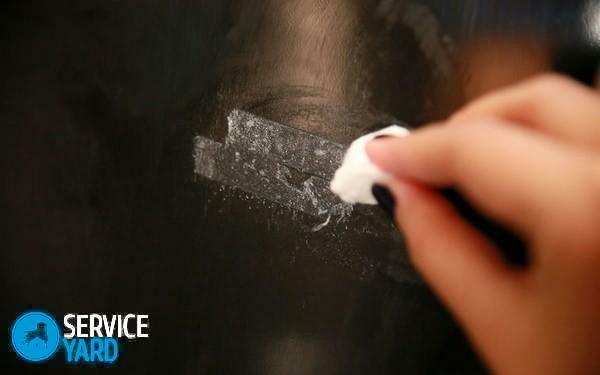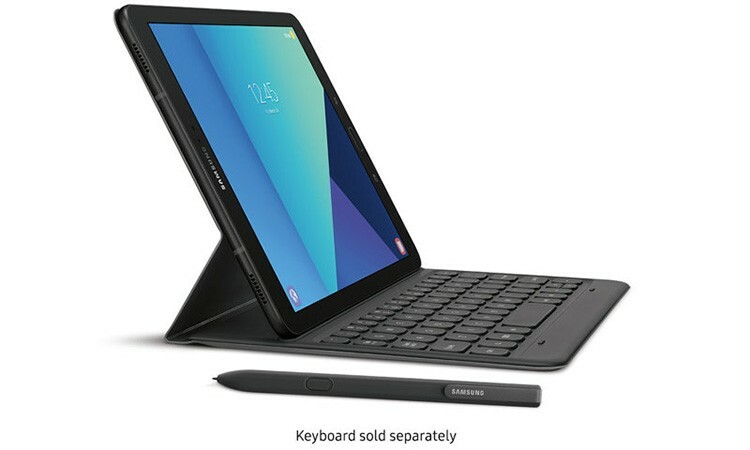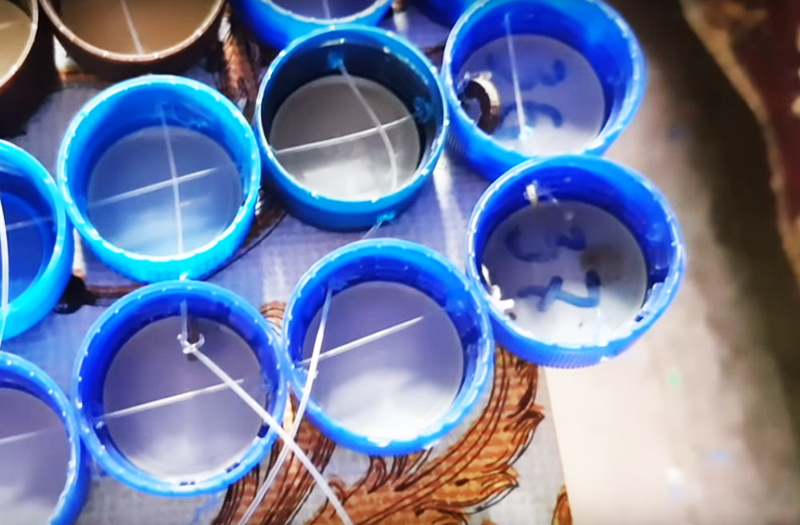
- Types of adhesive tapes
- What can not be used to clean glass?
- How do I remove the paint tape?
- Remove the scotch
- Which is better - gasoline or alcohol?
- Alkaline Compositions
- Special Tools
Often we are faced with a difficult problem - it is rubbing the tape from the glass, especially when it was pasted for a long time. If the top film can be picked and removed, then the strip from the dried glue is not easy to remove. In this article, we will tell you how to clean glass from scotch and what tools are best for this purpose.
to content ↑Types of adhesive tapes
Types of adhesive tape differ among themselves by a variety of adhesive bases, which are responsible for their strong attachment to the required surface. In the modern market, you can find the following types of adhesive tapes:
- Packing tape, one of the varieties of which is clerical. Usually its surface is covered with transparent or solid acrylic glue. Adhesive tape, crepe or paper - made with the use of rubber glue.
- Adhesive tape, construction, including double-sided - covered with acrylic glue.
- Double-sided adhesive tape with foamed base, available in a wide range of colors. For its manufacture, acrylic or rubber glue is used.
Important! The easiest way to remove traces of rubber glue, because when you remove the adhesive tape from the glass surface in time, you do not need to use additional cleaning agents.
to the contents ↑What can not be used for cleaning glass?
Glass is a material resistant to various chemicals, but there are certain limitations:
- Glass surfaces can not be heated, because with uneven heating and too high a temperature your product can simply burst. It is practically impossible to control the heating temperature of the entire surface at home.
- Do not use abrasives - sponges, skins or soda will damage the glass, leaving scratches on its surface. For the same reason, it is undesirable to apply mechanical action by sharp objects with scrapers or metal brushes.
- You will not get a good result if you use acetone or solvent 646. They dissolve the adhesive base a little, but with washing it spreads out over a large area, which complicates the procedure for its complete removal.
How to remove the paint tape?
Before removing the crepe, which has been glued to the glass surface for a long time, it is carefully moistened with hot water and so left for a while. After penetration of moisture into the adhesive layer, the tape is easily removed, and the adhesive residues are also easily removed.
Important! If there are still small footprints on the surface, they can easily be removed with the help of a paper eraser.
To remove traces of an adhesive tape that is pasted not very long, it is possible to apply vegetable oil or linseed oil. In this case it is necessary to proceed according to the following algorithm:
- Problem area with oil.
- Wait for 10-15 minutes.
- With a rag soaked in oil, wipe off any traces of glue until completely removed.
- Wipe the glass with degreaser.
Important! When working with chemicals, it is necessary to take measures to ensure personal safety, namely use gloves, a respirator, etc.
to the contents ↑Remove the adhesive tape
Remove from the glass packaging, office or installation tape is much heavier than the paint, becauseThe film, of which its base consists - does not pass solvents to the adhesive layer.
Important! Before removing the double-sided adhesive tape from the glass, it is necessary to remove the base itself. For this purpose, the adhesive tape base is picked up with a sharp object and removed. Sometimes such a process is impossible, since the film is torn off in small pieces.
Remove traces of scotch on the glass can be according to the following instruction:
- On top of the adhesive tape to be removed, glue a new one.
- With a light movement, iron the tape along the entire length, leaving a small corner.
- Take the corner, with a sharp movement of your hand tear off the tape.
- Repeat the procedure if necessary.
Thus, sometimes it turns out immediately remove not only the basis, but also the trace from the glue. However, it is often possible to remove the adhesive base only with the help of special chemistry or improvised means.
Important! It is safest at home to remove the glue used vegetable oil. However, the acrylic adhesive composition with its help is much more difficult to remove than to remove traces of paint tape. Blot the area with oil, wait for the glue to swell, and then remove it with a dry cloth or a clean rag.
to the contents ↑Which is better - gasoline or alcohol?
If you can not get rid of scotch tape with vegetable oil, you can try to remove them with refined products.
For this purpose, the following:
- petrol;
- kerosene;
- white spirit;
- solvent.
Important! Each of these substances has a strong suffocating smell, and therefore use them in a well-ventilated room.
Solvent, like other petroleum products, dissolves even dried traces of rubber glues, but acrylic glue acts weakly. Therefore, if you tried these funds, and they did not bring the expected result, you can try another group of solvents - organic alcohols.
 To remove traces of scotch, the following types of alcohol can be used:
To remove traces of scotch, the following types of alcohol can be used:
- medical or drinking - ethyl alcohol;
- technical alcohol - methyl;
- formulations containing alcohol - vodka, cologne and others.
Remove the glue from the glass tape as follows:
- Dampen the cloth with alcohol.
- Attach and press it to the area with traces of glue.
- Wait for 10-15 minutes.
- Clean the area with a clean rag.
Alkaline Compositions
Acrylic adhesive traces, polyacrylates can be removed with high-alkali strippers. A weak alkali is a laundry soap. But if you apply it repeatedly you can gradually help to clean the frozen adhesive from scotch.
Important! This method is perfect for people who do not tolerate chemistry and strong odors, especially allergy sufferers and asthmatics.
A stronger agent is caustic soda. To achieve the best possible result, follow these recommendations:
- Take a concentrated caustic solution.
- Apply the formulation to the adhesive layer.
- When the glue becomes gelatinous, wipe the surface with a dry cloth.
Important! Alkaline agents that clean the toilet bowl, or dishwashing detergents with surfactants will help you get rid of scotch marks.
to the table of contents ↑Special tools
The industry produces a variety of special tools that help wipe the adhesive off the adhesive tape from the glass. Similar compositions are made in the form of a pencil, liquid or spray.
Important! The form of release does not affect the quality of the removal of glue - only the convenience of application depends on it.
The following compounds are most popular today:
- Sticker Remover. Such a tool exists on sale in all types - liquid, pencils and spray cans with aerosol. This tool helps remove traces of stickers, paper and adhesive tapes on any surface. Apply this substance directly to the contaminated area.
- Kiehl Tablefi is a remedy for hard-to-remove contaminants. Produced in the form of a liquid in a spray can. To remove traces of glue, apply liquid to a rag or napkin.
- Liquid in a spray bottle - Stain remover "Taygeta C-405".The action of the composition begins 15-30 seconds after application.
- FORMULA X-5 - liquid that is applied to the traces of glue or paint tape for 15-20 minutes.
- Super CMF-240 - a product manufactured by the company "Krizal" is positioned as a "dirt separator".Traces of glue remove worse than previous remedies, but can be a salvation for allergy sufferers and asthmatics, since it does not cause allergic reactions.
- "Meredith Impet" - this strongly alkaline liquid is designed to remove hard-to-remove contaminants. After application to the adhesive, the action occurs within 2 minutes.
In this article we have tried to understand the basic principles of removing glue from glass and other surfaces that depend on the type of adhesive tape. We hope that the information obtained will help you quickly and qualitatively get rid of pollution and restore the original appeal of glass and mirrors.



